You are using an out of date browser. It may not display this or other websites correctly.
You should upgrade or use an alternative browser.
You should upgrade or use an alternative browser.
Throw N Mow thread...
- Thread starter OkieKubota
- Start date
catscratch
Well-Known Member
Thrown n mow that I did Monday got 4 inches of rain Thurs and Fri night. Grocery store beans/peas are sending out roots. If they can make it to soil within a day or two I think they will make plants. The general consensus is that the larger the seed the less likely it is to work with throw n mow, but I've been getting workable results with very large seed.
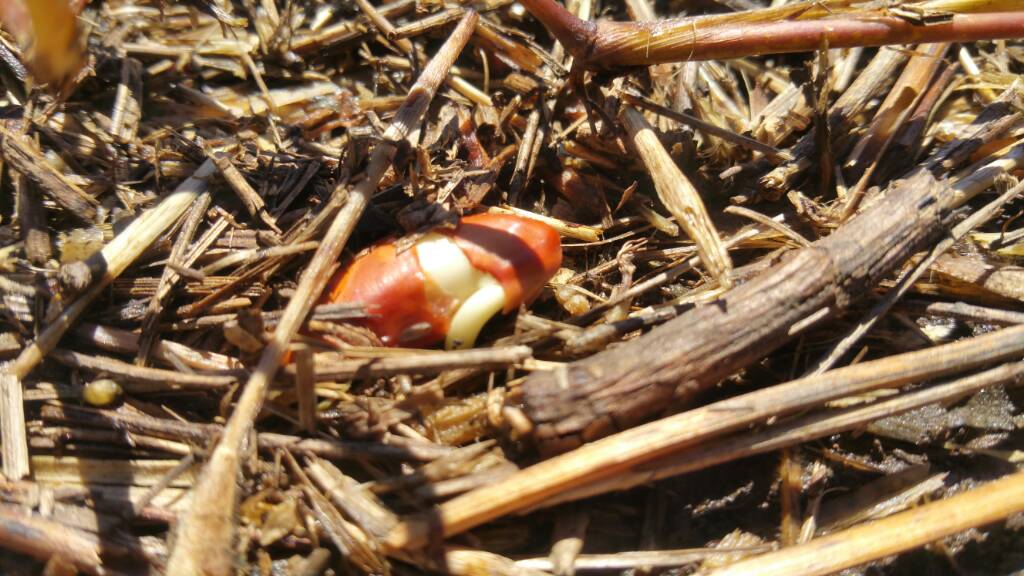
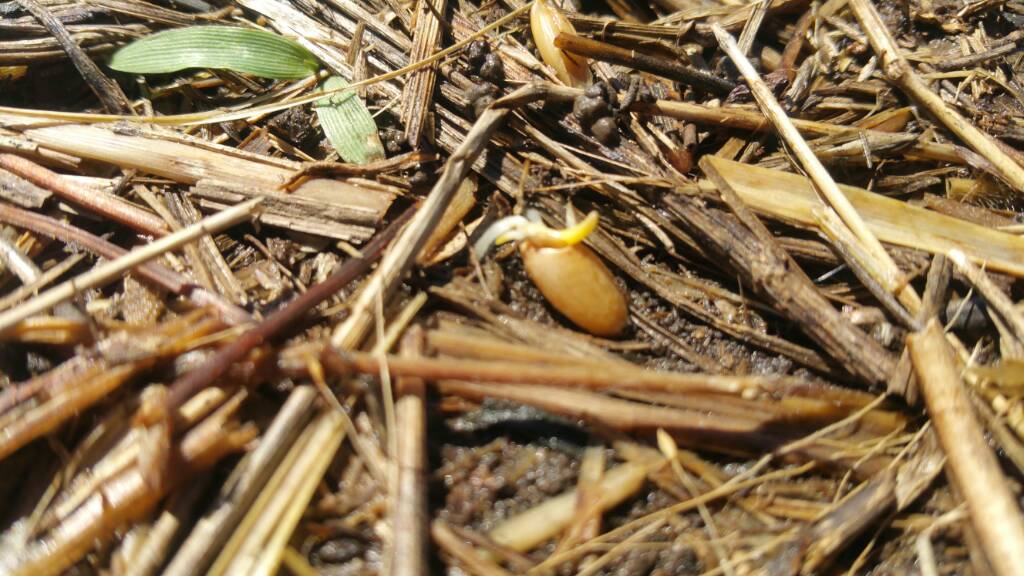
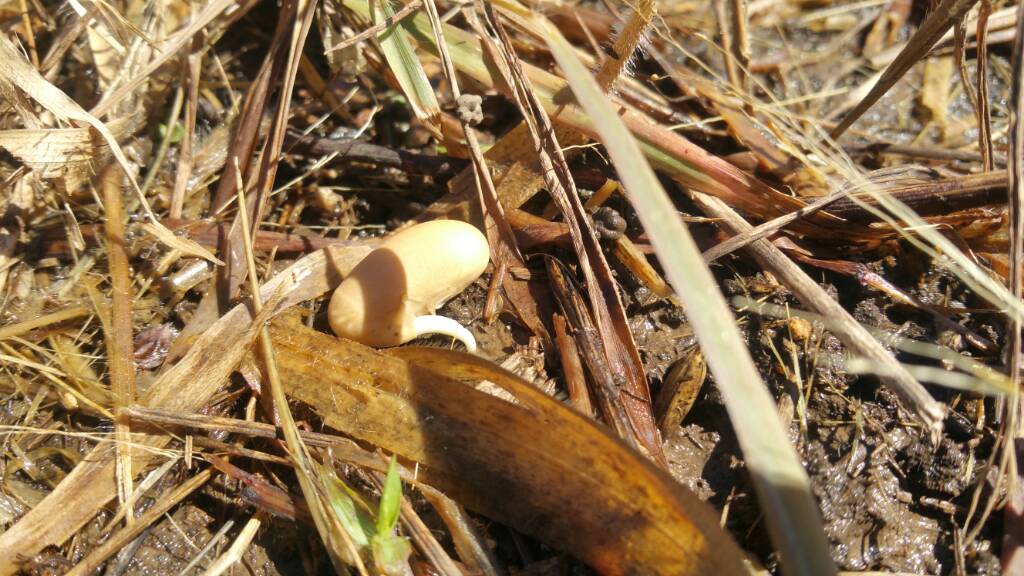
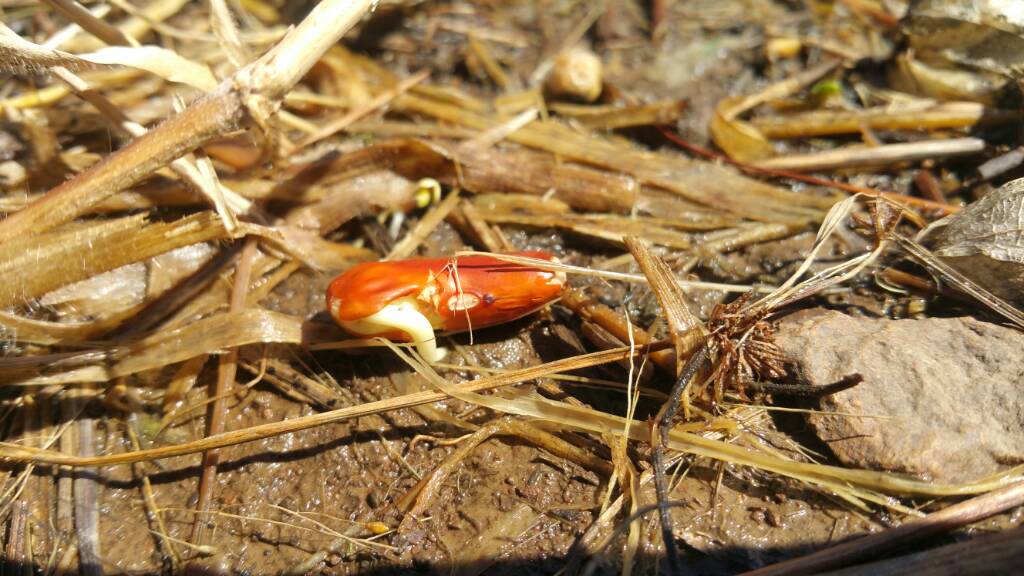
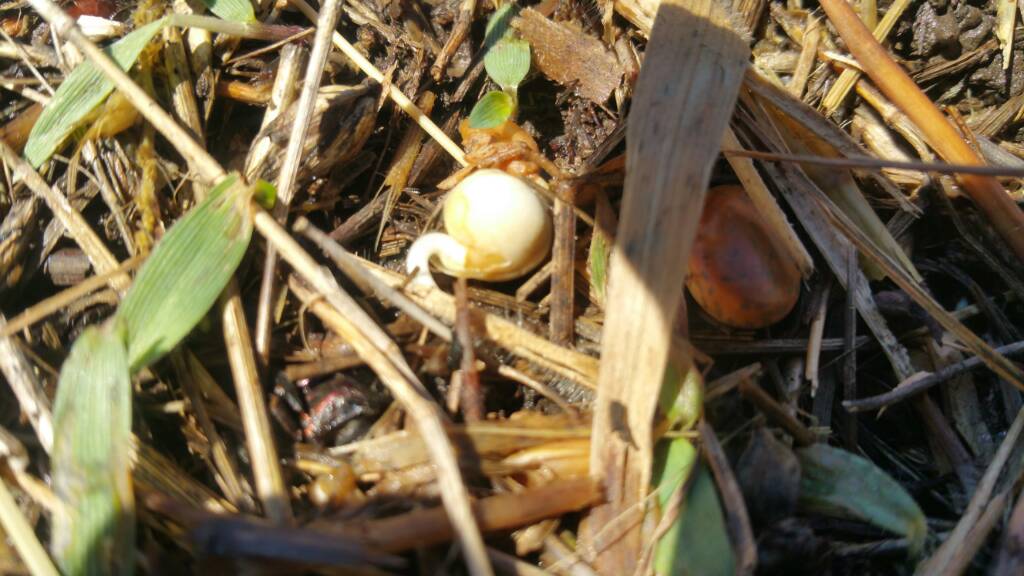
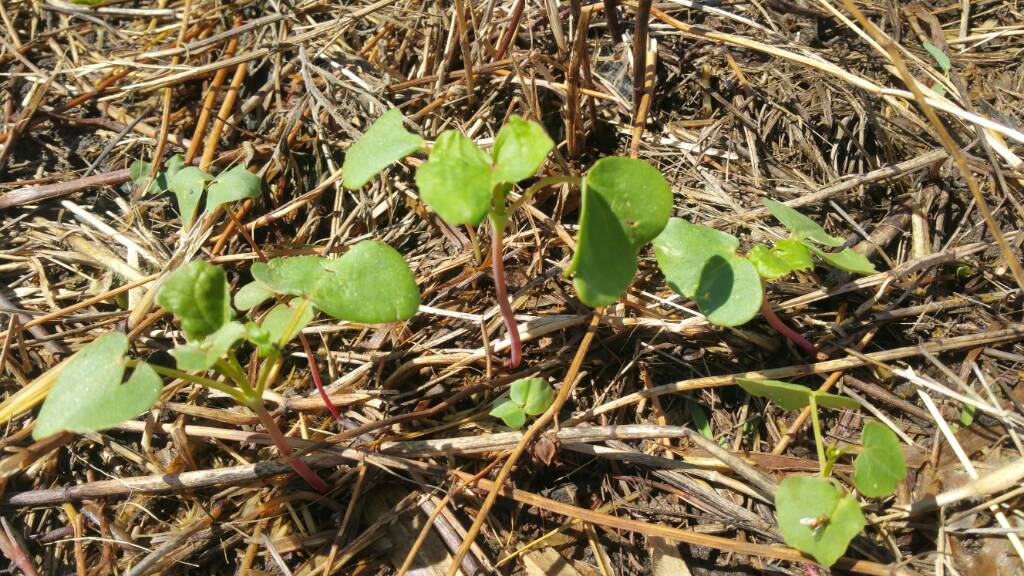
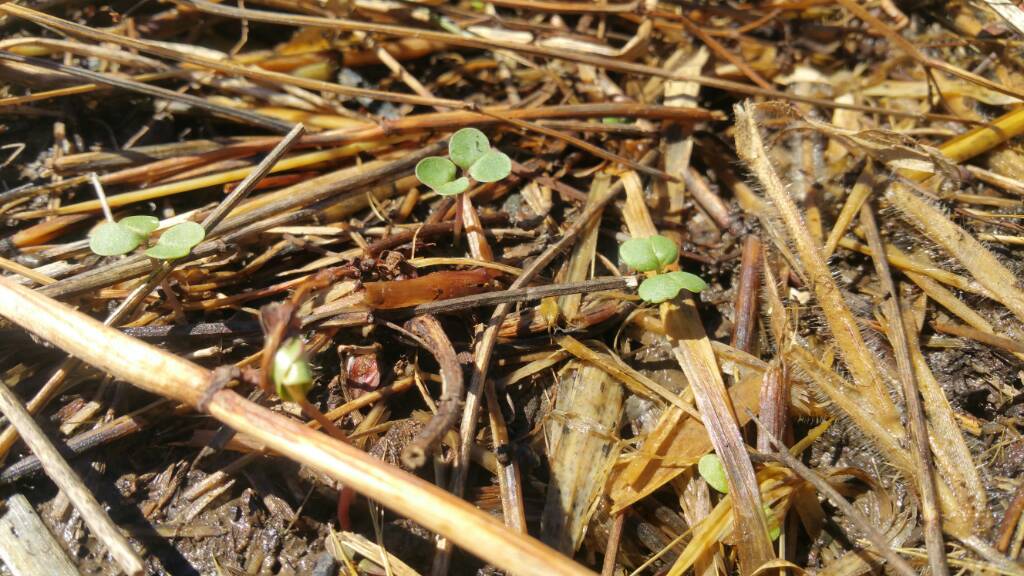
Sent from my SM-N910V using Tapatalk







Sent from my SM-N910V using Tapatalk
Last edited:
PecanArcher
Active Member
Had some leftover seed in the barn from last year. About 40lbs of oats, maybe 2lbs of turnip and maybe 3-4lbs of red clover.
Had a small, just under half acre field just off our road in a little valley. Never planted.
Threw seed and mowed over. No spraying. Figured the warm season stuff is more or less done growing anyways. Had over and inch of rain in the last two days and rain forecasted next week. Ground is moist. We'll see what happens...


Sent from my iPhone using Tapatalk
Had a small, just under half acre field just off our road in a little valley. Never planted.
Threw seed and mowed over. No spraying. Figured the warm season stuff is more or less done growing anyways. Had over and inch of rain in the last two days and rain forecasted next week. Ground is moist. We'll see what happens...


Sent from my iPhone using Tapatalk
PecanArcher
Active Member
Here's a couple pics of my throw and mow after a month.
What all did ya plant? Looks awesome!
Sent from my iPhone using Tapatalk
catscratch
Well-Known Member
Beans are doing good:
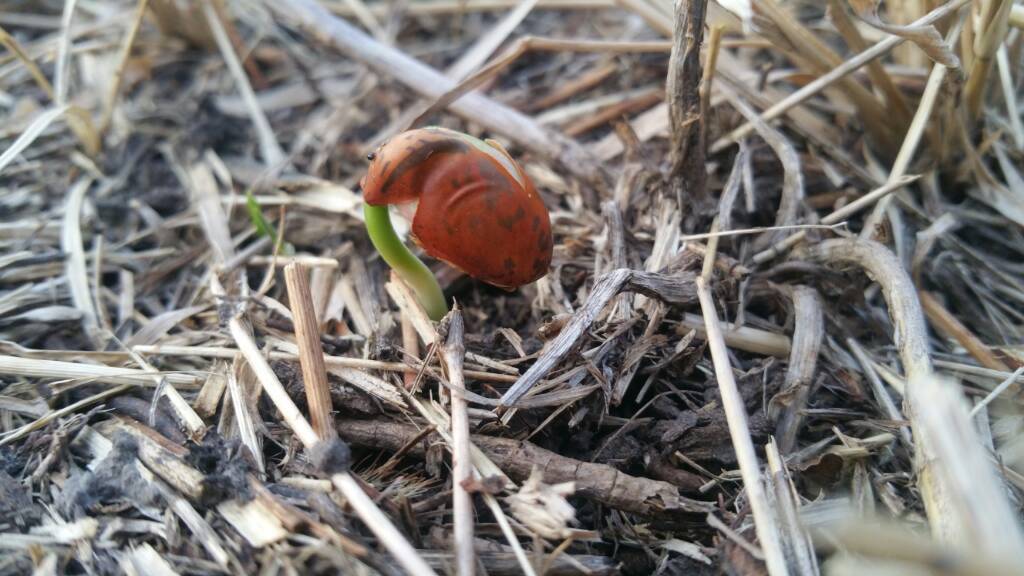
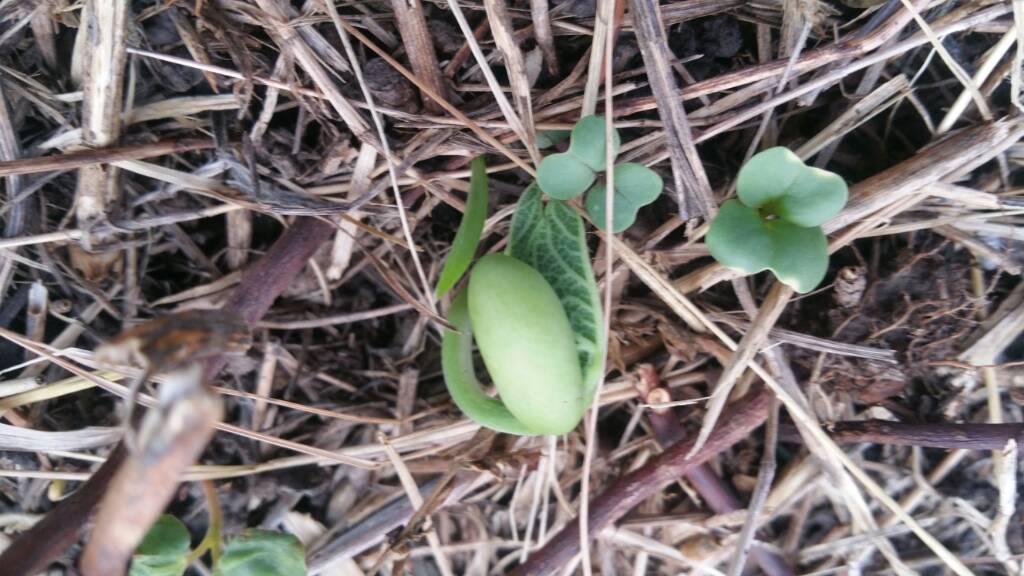
Sent from my SM-N910V using Tapatalk


Sent from my SM-N910V using Tapatalk
catscratch
Well-Known Member
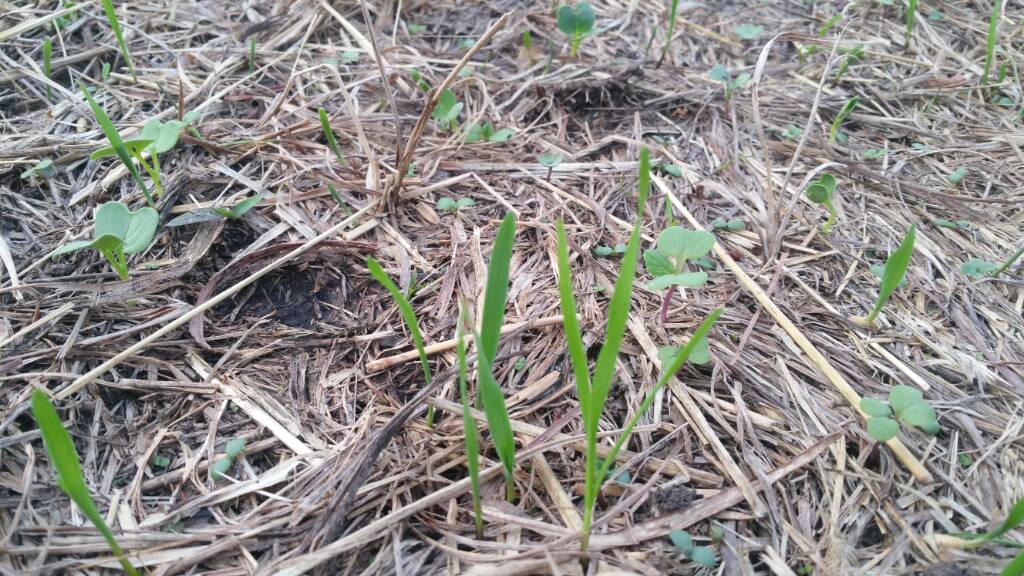
Med red and ladino clover plot with some wheat and oats mixed in:
Sent from my SM-N910V using Tapatalk
catscratch
Well-Known Member
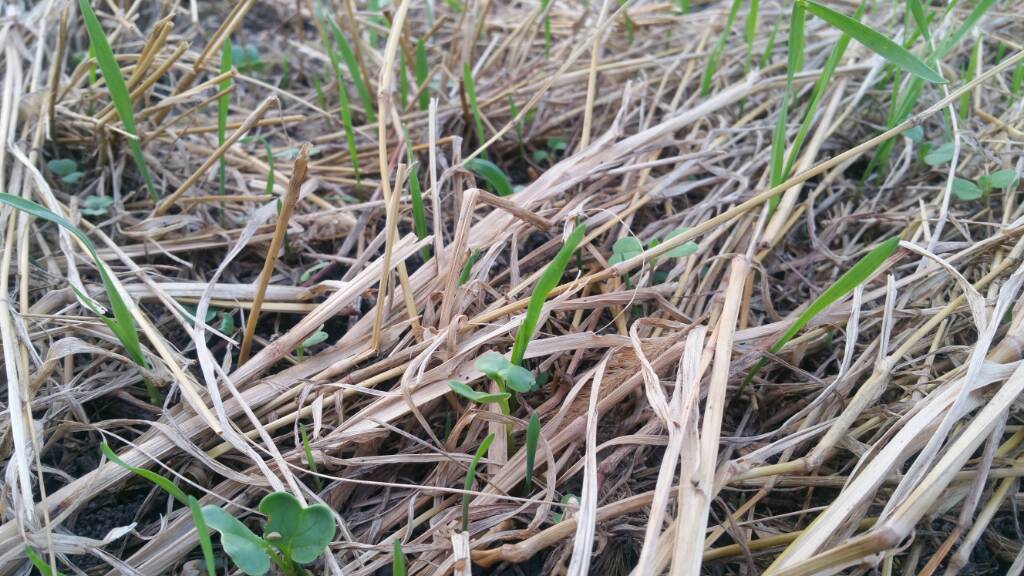
This plot is heavy with wheat/oats, but is my "everything under the sun" mix.
Sent from my SM-N910V using Tapatalk
catscratch
Well-Known Member
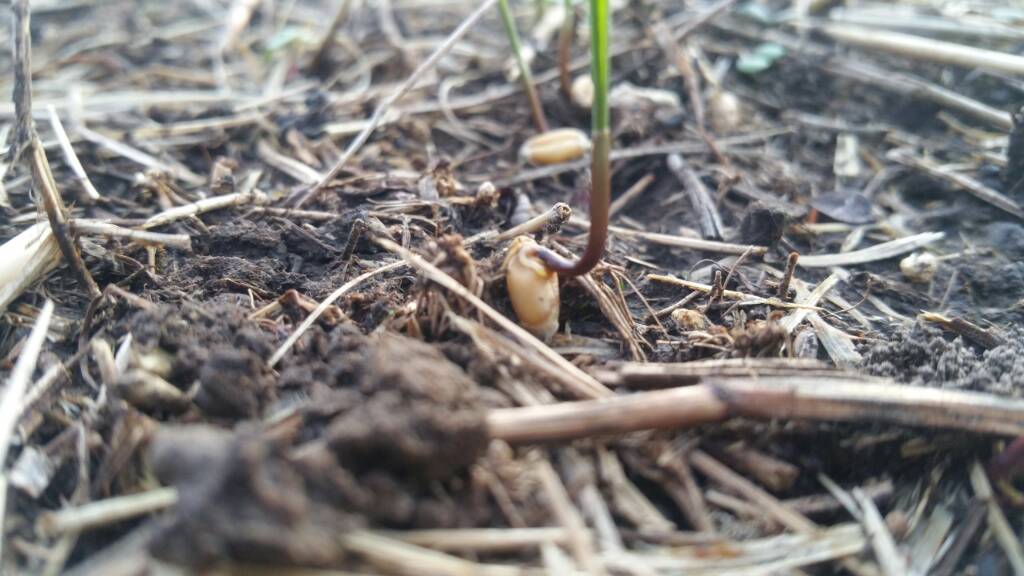
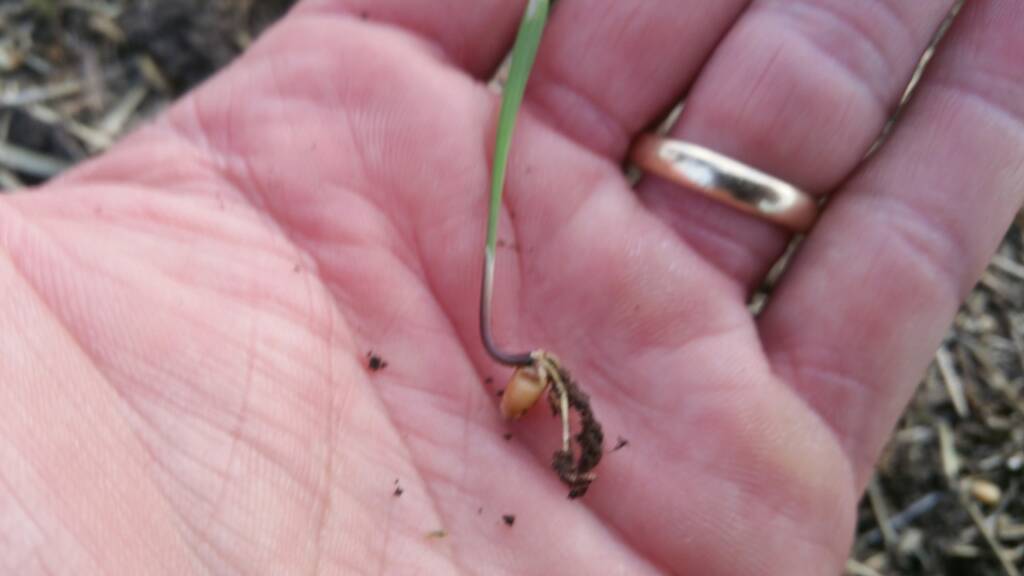
If you can get the seed close to soil, it'll reach down to it and take hold.
Sent from my SM-N910V using Tapatalk
Okie, there's no OM in that dirt. Use the throw and mow on that plot as well and build up the OM and it will hold moisture.
This is the throw n mow right next to that plot. Never been tilled...won't hold moisture either because we haven't had any at this location except 1/16th of an inch since beginning of July
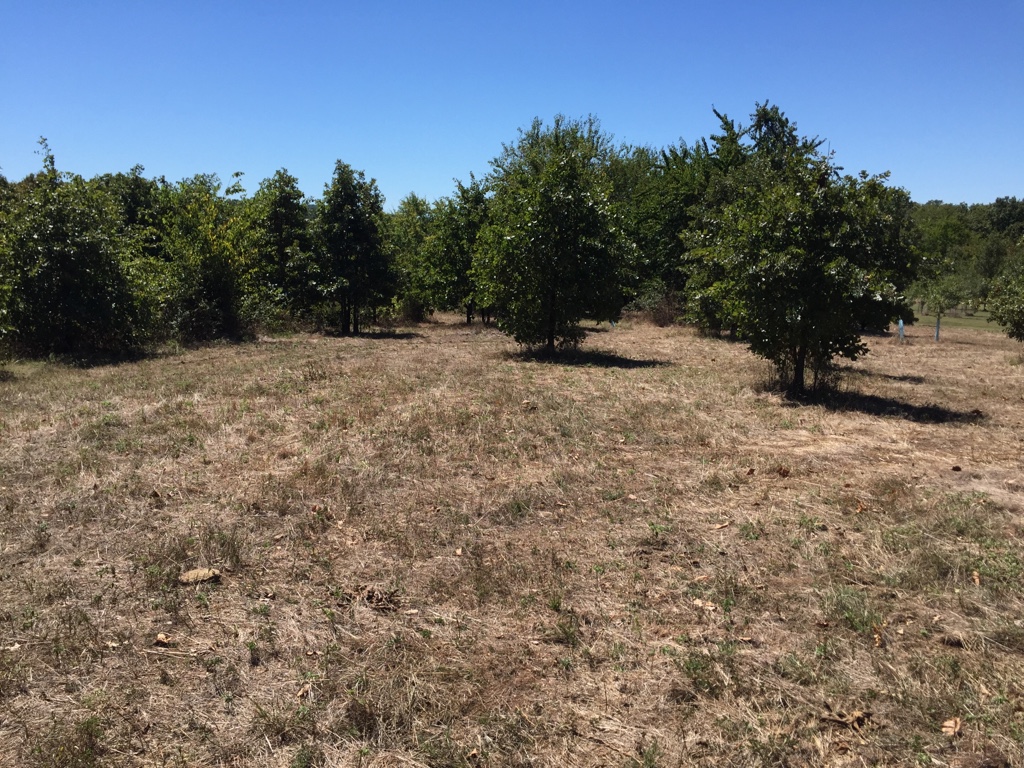
Sent from my iPhone using Tapatalk
This is the disked area taken the same day... Not much better. Both these areas have been planted since 8/21/16...
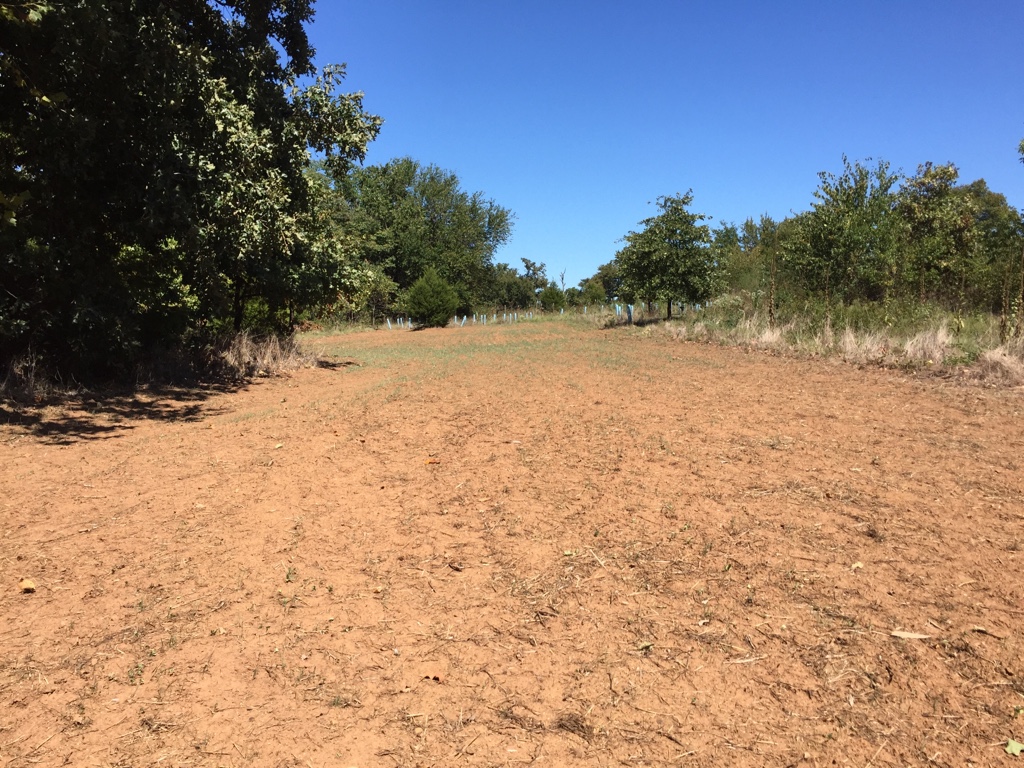
Sent from my iPhone using Tapatalk

Sent from my iPhone using Tapatalk
catscratch
Well-Known Member
Okie, I'm still amazed at how many rains have shriveled up, or split around you. It's almost unbelievable. We've had the opposite this yr, everything that could have hit us did. I'm sure we will trade places in the near future.
Just showing that no moisture whatsoever and it doesn't matter if you TNM or till...result will be the same...Okie, I'm still amazed at how many rains have shriveled up, or split around you. It's almost unbelievable. We've had the opposite this yr, everything that could have hit us did. I'm sure we will trade places in the near future.
PecanArcher
Active Member
Just showing that no moisture whatsoever and it doesn't matter if you TNM or till...result will be the same...
I just planted mine. Seems to me for years we tried planting on or before Labor Day.... Unless we have remnants of some tropical storm, it just doesn't seem like the moisture is there for fall plots lol. I decided to wait until well into september this year and see what happens.
Sent from my iPhone using Tapatalk
Last edited:
I just planted mine. Seems to me for years we tried planting on or before Labor Day.... Unless we have remnants of some tropical storm, it just doesn't seem like the moisture is there for fall plots lol. I decided to wait until well into November this year and see what happens.
Sent from my iPhone using Tapatalk
I used to plant August 15th or very close every year and had great plots in this location...
This was 09/10/2015
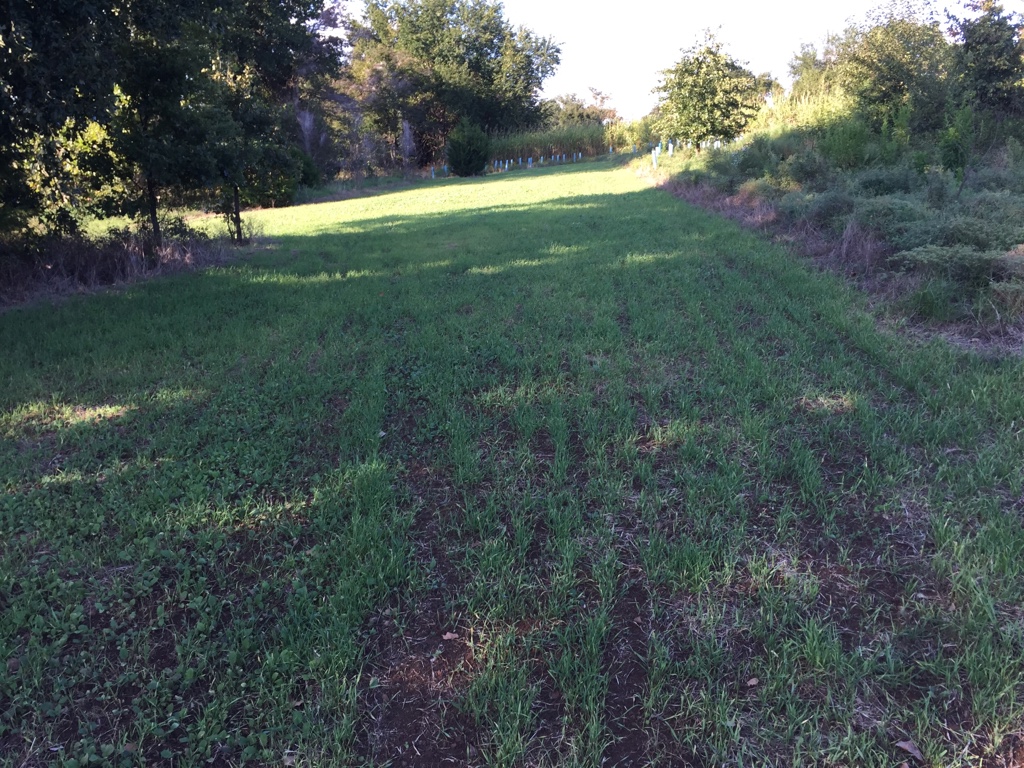
Same plot September 11th 2014...
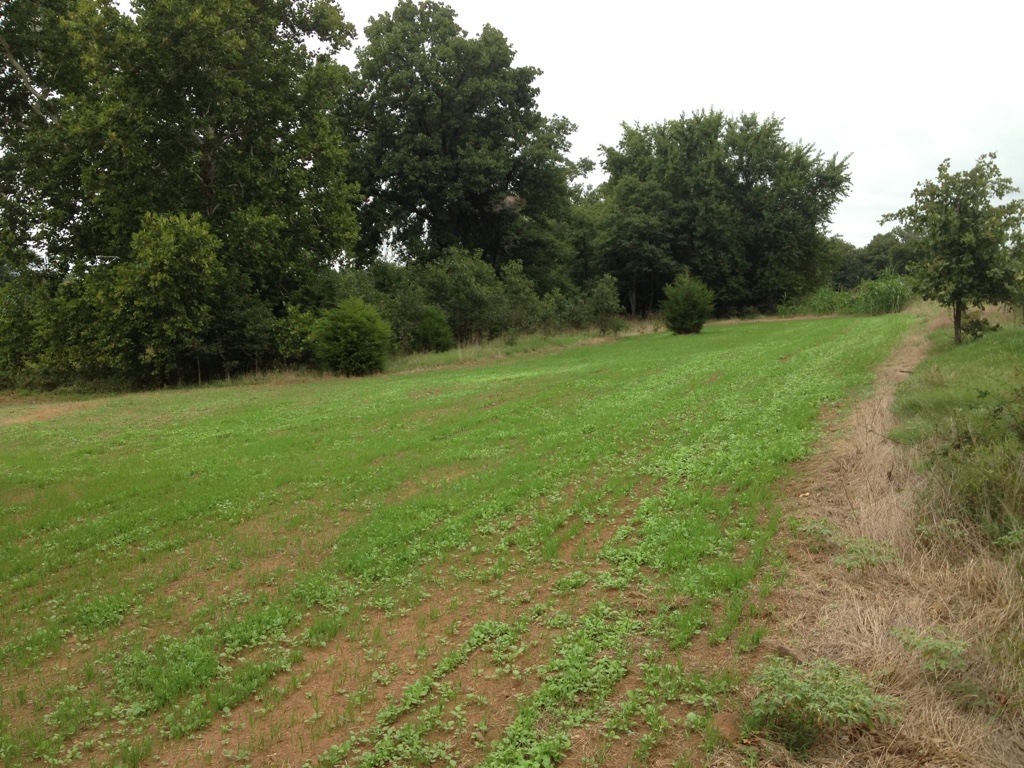
Sent from my iPhone using Tapatalk
Is the problem TNM?....or is the problem calendar planting?
IF you pay close attention to your native cool season plants over time a few things will become consistent: 1) cool season plant emergence in Nature doesn't follow a calendar it follows climate, weather and field conditions, 2) cool season perennials break dormancy 1 or more weeks ahead of cool season annuals during late summer due to their stored root reserves, 3) cool season annuals emerge as new seedlings over several months during late summer, fall and winter because they don't have root reserves, and 4) not every cool season plant will appear every year....some years just are poor for some species. Dry years, wet years, high pressure warm fronts, cool fronts, rainfall timing, rainfall pattern, early frost, late frost, existing biomass, etc all interact and determine the cool season plant growing season and plant composition! Diverse seed mixtures lower the risk of total failure....leverage your planting by using diversity and pay attention to current conditions!
So why in the world do we fret when we can't grow something on 'our calendar'?....you have months to get it done....and some of what you plant may do better than other species! Did you diversify the mix? Did you consider conditions? Do you have a back up plan for failure?
IF your cool season plants haven't emerged, then don't fret as you have warm season forbs which can be managed....and this is what the deer will be using anyway until and while mast becomes available. Clip the top of some ragweed etc to stimulate new growth....forbs are tough plants and pretty good at working under dry conditions....manage what you have until you get conditions for what you want.....the animal is using what you have at any gives time, yet the animal doesn't live by 'hope'....we are the ones who live by 'hope'!
+
IF you pay close attention to your native cool season plants over time a few things will become consistent: 1) cool season plant emergence in Nature doesn't follow a calendar it follows climate, weather and field conditions, 2) cool season perennials break dormancy 1 or more weeks ahead of cool season annuals during late summer due to their stored root reserves, 3) cool season annuals emerge as new seedlings over several months during late summer, fall and winter because they don't have root reserves, and 4) not every cool season plant will appear every year....some years just are poor for some species. Dry years, wet years, high pressure warm fronts, cool fronts, rainfall timing, rainfall pattern, early frost, late frost, existing biomass, etc all interact and determine the cool season plant growing season and plant composition! Diverse seed mixtures lower the risk of total failure....leverage your planting by using diversity and pay attention to current conditions!
So why in the world do we fret when we can't grow something on 'our calendar'?....you have months to get it done....and some of what you plant may do better than other species! Did you diversify the mix? Did you consider conditions? Do you have a back up plan for failure?
IF your cool season plants haven't emerged, then don't fret as you have warm season forbs which can be managed....and this is what the deer will be using anyway until and while mast becomes available. Clip the top of some ragweed etc to stimulate new growth....forbs are tough plants and pretty good at working under dry conditions....manage what you have until you get conditions for what you want.....the animal is using what you have at any gives time, yet the animal doesn't live by 'hope'....we are the ones who live by 'hope'!
+
Exactly - out of the office chair and on the brushhog till after dark - not much time to think about putting plots in at this time of year...Sometimes you have other obligations that dictate seeding dates. Just have to hope conditions cooperate
Diversity still helps though. We plant sorta by calendar but it is a 3 hour drive to the farm. A couple seasons ago we had everything planted had enough rain to get everything going and then the army worms showed up. They wiped out 85-90% of the rye and oats that had made it up to 3-4". Luckily though we had peas and clover and radish mixed in. The clover was not up enough to be under assault but the peas and radish were. For some reason which is unknown to me the army worms didn't eat the peas or radish. The plots remained viable into late December or early January because we didn't just plant grains.
Similar threads
- Replies
- 13
- Views
- 1K



